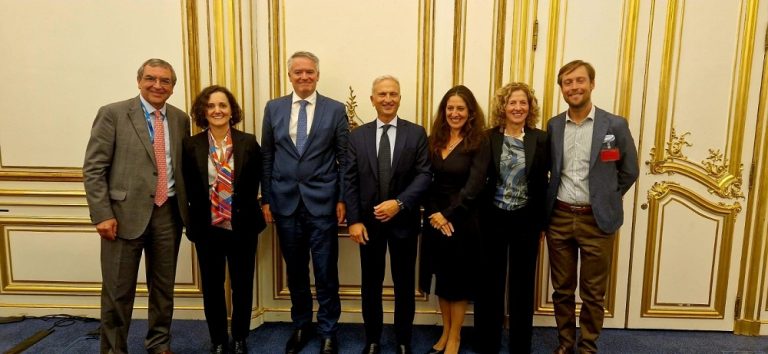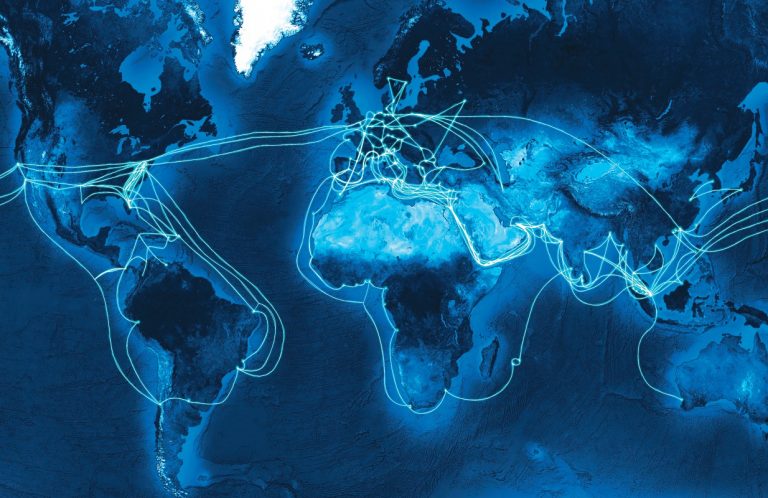The new forecast report “Energy, Green Deal and Tariffs: Obstacles to the Italian and European Economy”, published by the Confindustria Research Center (CSC), describes an international context full of unknowns but also rich in useful ideas for orienting business strategies. The report focuses on three key themes: geopolitical fragmentation, the green transition and the increase in trade barriers, with a careful eye on what awaits Italy in the next two years.
The threat of tariffs, announced and then suspended by the US Administration, and the risk of a protectionist escalation, are a critical factor for Italian exports. Suffice it to say that the United States is the second market for our goods (almost 65 billion euros of exports in 2024): sectors such as automotive, pharmaceuticals and agrifood could be severely affected. According to CSC estimates, a generalized extension of US tariffs could cause Italy to lose up to 0.6% of GDP by 2026. A modest but not negligible impact, especially in a context in which political and economic uncertainty is already slowing down investment at a global level.
Another problematic issue is the price of energy: gas in Europe has started to rise again (€50/MWh in February 2025), with a 4:1 ratio compared to the United States. Italy, more than other countries, suffers from the volatility of energy markets, with direct impacts on production costs and the competitiveness of its industrial system. The European Green Deal – although important – has so far been more sensitive to the environment than to competitiveness. Mechanisms such as the ETS and the CBAM, if not revised, risk penalizing European companies compared to US and Chinese competitors that benefit from cheaper energy and less binding industrial policies. .
For the two-year period 2025-2026, the CSC forecasts modest GDP growth for Italy: +0.6% in 2025 and +1.0% in 2026. The economy will be driven by consumption, supported by rising incomes and employment, while investment will remain weak, weighed down by the context of uncertainty and the slowdown in industry. Important support could come from the implementation of the NRRP: EUR 130 billion are expected between 2025 and 2026, of which at least half will actually be spent. The measures in favour of non-residential construction, energy efficiency and infrastructure will be particularly relevant for companies. The report also conveys a clear political message: it is urgent to strengthen the attractiveness of the European system to avoid the flight of capital and companies to the United States, which is now much more competitive in terms of financial market, regulatory simplification and investment in R&D. In fact, the CSC highlights that productivity in Europe is stagnant (+0.2% annual average in recent years) due to low investment, excessive regulation and fragmentation of the internal market. According to the International Monetary Fund (IMF), removing EU internal barriers could increase productivity by 6.7%.
According to the CSC forecasts, 2025 will be a year of resilience and positioning for Italian companies. The key will be to be able to interpret the new global trajectories – ranging from reconfigured trade flows to energy transition – by activating strategic alliances and leveraging public support, which is finally more structured today, also thanks to the growing activity of Italian institutions abroad. Coordinated action between the private and public sectors is needed, however, to defend the competitive advantages built in recent years, seize the NRRP opportunities and prepare for duties and the green economy.








